The Crucial Role of Spill Kits in Workplace Safety: Protecting People and the Environment
Date Posted:7 May 2024
By enabling prompt response to spills, protecting the environment, safeguarding employee health and safety, and ensuring compliance with regulations, spill kits play a vital role in preventing accidents and minimizing their impact.
In the bustling world of workplaces, spills are an inevitable part of the daily routine. Whether it's a small coffee spill in the office kitchen or a larger-scale chemical spill in an industrial setting, the consequences of spills can be significant if not managed properly. This is where the unsung hero, the spill kit, steps in to play a crucial role in ensuring workplace safety and environmental protection. In this blog, we'll explore why spill kits are indispensable in any workplace, the risks associated with neglecting them, and the essential role they play in safeguarding both people and the planet.
.png)
The Significance of Spill Kits:
Spill kits may seem like simple tools, but their importance cannot be overstated. They are like first aid kits for spills, equipped with the necessary tools and materials to contain, control, and clean up spills promptly. Whether it's a spill of hazardous chemicals, oils, or even just water, having a spill kit readily available can make all the difference in preventing accidents and minimizing their impact.
Risks of Spills in the Workplace:
Before delving into the importance of spill kits, it's essential to understand the risks associated with spills in the workplace. Spills can pose various hazards, including:
Environmental Contamination: Spills of hazardous substances such as chemicals, oils, or solvents can contaminate soil, waterways, and groundwater, leading to long-term environmental damage. This contamination can harm ecosystems, wildlife, and even human health if not properly addressed.
Health and Safety Risks: Spills can expose employees to hazardous materials, resulting in a range of health and safety risks. These risks may include chemical exposure, slip and fall accidents, fire hazards, and respiratory issues, depending on the nature of the spilled substance.
Regulatory Compliance: Workplace safety regulations, including those set forth by Safe Work Australia and state-based authorities, require businesses to implement measures for spill prevention and response. Failure to comply with these regulations can result in fines, penalties, and legal liabilities for businesses.
The Importance of Spill Kits:
Now that we understand the risks associated with spills, let's explore why spill kits are indispensable in the workplace:
Prompt Response: Spill kits enable businesses to respond quickly and effectively to spills as soon as they occur. By having a spill kit readily available, employees can contain and clean up spills promptly, preventing them from spreading and causing further harm.
Environmental Protection: Spill kits play a crucial role in protecting the environment by preventing hazardous substances from reaching soil, waterways, and other sensitive ecosystems. By containing spills and using absorbent materials, spill kits help minimize environmental damage and facilitate proper cleanup and disposal of contaminated materials.
Employee Safety: The safety and well-being of employees should always be a top priority in any workplace. Spill kits provide essential personal protective equipment (PPE), such as gloves, goggles, and coveralls, to protect workers from exposure to hazardous materials during cleanup operations.
Compliance with Regulations: Regulatory bodies in Australia impose strict guidelines on spill prevention and response to ensure workplace safety and environmental protection. By having spill kits on-site and ensuring employees are trained in their use, businesses can demonstrate compliance with legal requirements and avoid penalties.
Components of a Spill Kit:
A typical spill kit contains a range of components designed to facilitate safe and effective spill cleanup. These components may include:
Absorbent materials (e.g., pads, socks, pillows) to soak up spills and contain them
Personal protective equipment (PPE) to protect workers from exposure to hazardous materials
Containment devices (e.g., barriers, booms) to prevent spills from spreading and reaching sensitive areas
Spill cleanup tools (e.g., scoops, shovels, bags) for safely removing and disposing of contaminated materials
Disposal supplies (e.g., waste bags, ties) for proper management and disposal of hazardous waste
Instruction manual and spill response plan outlining procedures for safe and effective spill cleanup.
Proper Placement and Maintenance:
To ensure the effectiveness of spill kits, businesses must strategically place them in areas prone to spills or where hazardous materials are handled or stored. Regular inspection and replenishment of spill kit contents are essential to ensure readiness for emergencies. Additionally, employees should receive training on spill response procedures to ensure they can use the spill kit effectively and safely.
In conclusion, spill kits are indispensable tools in ensuring workplace safety and environmental protection. By enabling prompt response to spills, protecting the environment, safeguarding employee health and safety, and ensuring compliance with regulations, spill kits play a vital role in preventing accidents and minimizing their impact. Investing in spill kits is not just a matter of compliance; it's a proactive step towards creating a safer, healthier, and more sustainable workplace for everyone. So, let's not underestimate the importance of spill kits in our workplaces they are the unsung heroes that protect both people and the planet from the consequences of spills.
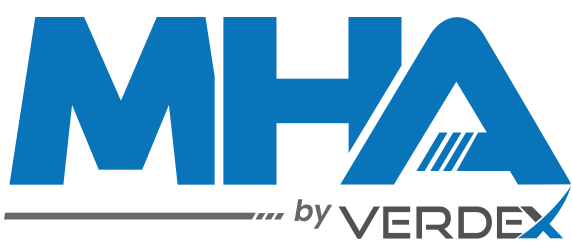



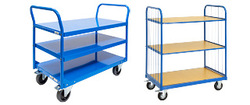

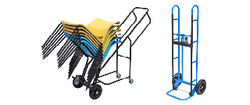


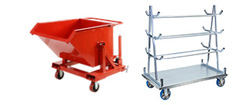

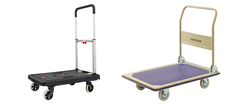
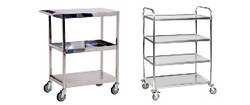

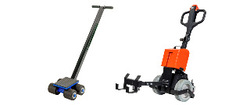
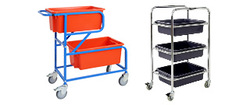
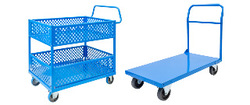
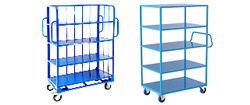
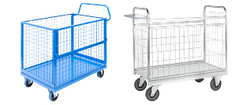
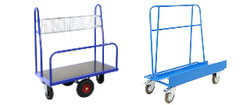
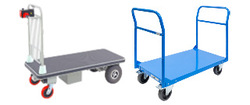
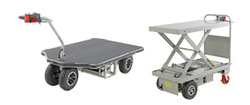

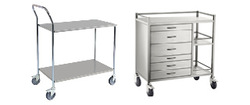
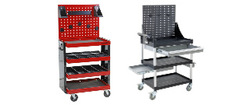
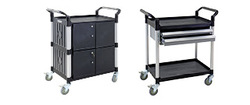
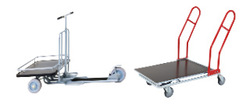
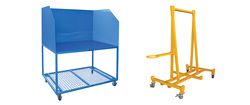



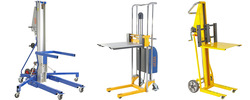



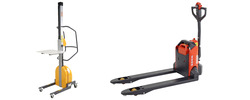
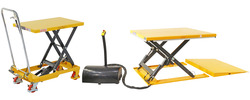

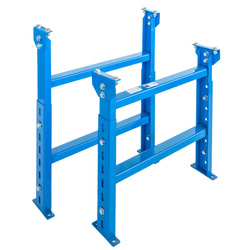

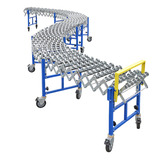




















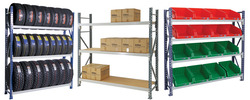
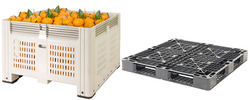
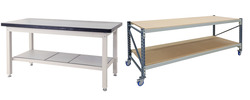
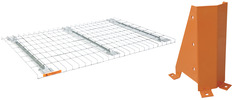
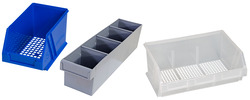

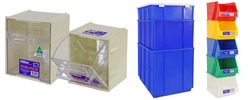

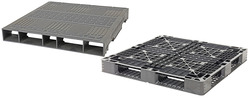
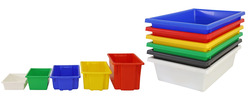
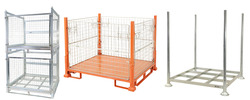

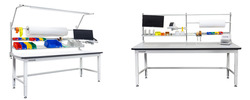


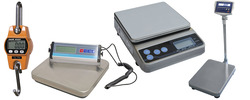



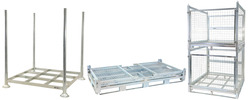
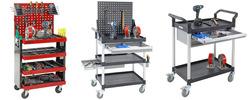
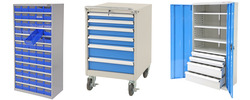
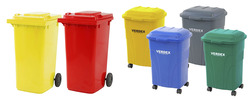
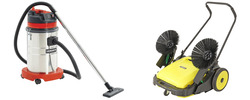











 Trolleys / Hand Trucks
Trolleys / Hand Trucks 2 Tier Trolleys
2 Tier Trolleys 3 Tier Trolleys
3 Tier Trolleys Aluminium Trolleys
Aluminium Trolleys Appliance & Hand Trucks
Appliance & Hand Trucks Cage Trolleys
Cage Trolleys Cleaning Carts & Trolleys
Cleaning Carts & Trolleys Construction Trolleys
Construction Trolleys Dollies
Dollies Foldable Trolleys
Foldable Trolleys Hospital Trolleys
Hospital Trolleys Laundry/Linen Trolleys
Laundry/Linen Trolleys Load Skates & Tow Tugs
Load Skates & Tow Tugs Mail / Office Trolleys
Mail / Office Trolleys Multi Purpose Trolleys
Multi Purpose Trolleys Multi-Tier Shelf Trolleys
Multi-Tier Shelf Trolleys Order Picking Trolleys
Order Picking Trolleys Panel Cart Trolleys
Panel Cart Trolleys Platform Trolleys
Platform Trolleys Powered Trolleys
Powered Trolleys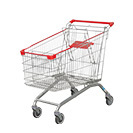 Shopping Trolleys
Shopping Trolleys Stainless Steel Trolleys
Stainless Steel Trolleys Tool Trolleys
Tool Trolleys Utility Carts
Utility Carts Warehouse Trolleys
Warehouse Trolleys Custom Trolleys
Custom Trolleys Lifting Equipment
Lifting Equipment Forklift Attachments
Forklift Attachments Jib Attachments
Jib Attachments Lifting Hoists & Pallet Hooks
Lifting Hoists & Pallet Hooks Manual Stackers & Lifters
Manual Stackers & Lifters Pallet Jacks
Pallet Jacks Pallet Lifters
Pallet Lifters Pallet Rotators & Dispenser
Pallet Rotators & Dispenser Powered Pallet Trucks & Electric Lifters
Powered Pallet Trucks & Electric Lifters Scissor Lift Trolleys and Tables
Scissor Lift Trolleys and Tables Conveyor Equipment
Conveyor Equipment Conveyor Frames
Conveyor Frames Conveyor Stands
Conveyor Stands Roller Conveyors
Roller Conveyors Skate Wheel Conveyors
Skate Wheel Conveyors Access Equipment
Access Equipment Container & Yard Ramps
Container & Yard Ramps Step Stools & Ladders
Step Stools & Ladders Work Platforms & Crane Cages
Work Platforms & Crane Cages Drum Handling
Drum Handling Drum Storage & Bunding
Drum Storage & Bunding Drum Trolleys & Lifters
Drum Trolleys & Lifters Forklift Drum Handling
Forklift Drum Handling Containment & Spillage
Containment & Spillage Aerosol Cans Storage Cages
Aerosol Cans Storage Cages Bunded Pallets & Storage
Bunded Pallets & Storage Corrosive Goods Storage Cabinets
Corrosive Goods Storage Cabinets Flammable Liquid Cabinets
Flammable Liquid Cabinets Forklift Gas Storage Cages
Forklift Gas Storage Cages Gas Cylinder Storage
Gas Cylinder Storage Site Storage
Site Storage Spill Kits
Spill Kits Stillage Cages
Stillage Cages Waste Handling
Waste Handling Bin Lifters & Tippers
Bin Lifters & Tippers Plastic Waste Bins and Carts
Plastic Waste Bins and Carts Steel Waste and Tipping Bins
Steel Waste and Tipping Bins Storage Equipment
Storage Equipment 750 Series Cage Configurations
750 Series Cage Configurations Heavy Duty Cabinets & Benches
Heavy Duty Cabinets & Benches Heavy Duty Shelving
Heavy Duty Shelving Mega Bins & Pallets
Mega Bins & Pallets Packing Benches
Packing Benches Pallet Racking Accessories
Pallet Racking Accessories Parts Trays & Stor-Pak Bins
Parts Trays & Stor-Pak Bins Pegboard & Louvre Panels
Pegboard & Louvre Panels Plastic Bins
Plastic Bins Plastic Handling Solutions Bins
Plastic Handling Solutions Bins Plastic Pallets
Plastic Pallets Stack & Nest Bins
Stack & Nest Bins Storage Cages
Storage Cages Workplace Equipment
Workplace Equipment Workbenches
Workbenches Modular Workbenches
Modular Workbenches Electric Height-Adjustable Workbenches
Electric Height-Adjustable Workbenches Floor Matting
Floor Matting Industrial Weighing Scales
Industrial Weighing Scales Pallet Wrapping & Packaging Machinery
Pallet Wrapping & Packaging Machinery Ramps
Ramps Stationery Cupboards
Stationery Cupboards Storage and Stillage Cages
Storage and Stillage Cages Tool Trolleys
Tool Trolleys Tooling Cabinets
Tooling Cabinets Wheelie Bins
Wheelie Bins Workshop Equipment
Workshop Equipment Safety Equipment
Safety Equipment Gloves and PPE
Gloves and PPE Pallet Rack Post Protectors
Pallet Rack Post Protectors Safety Barriers & Bollards
Safety Barriers & Bollards Safety Knives & Cutters
Safety Knives & Cutters Signs and Traffic Supplies
Signs and Traffic Supplies Tool & First Aid Boxes
Tool & First Aid Boxes Construction Equipment
Construction Equipment Concrete Equipment
Concrete Equipment General Site Equipment
General Site Equipment Lifting Equipment
Lifting Equipment Site Storage
Site Storage Waste
Waste 










